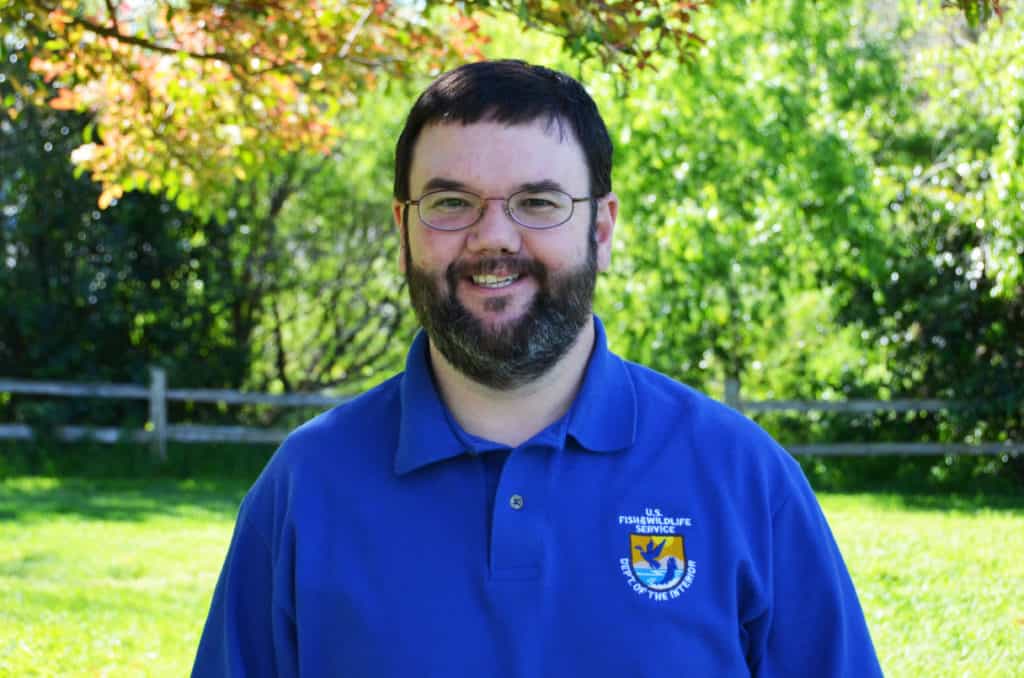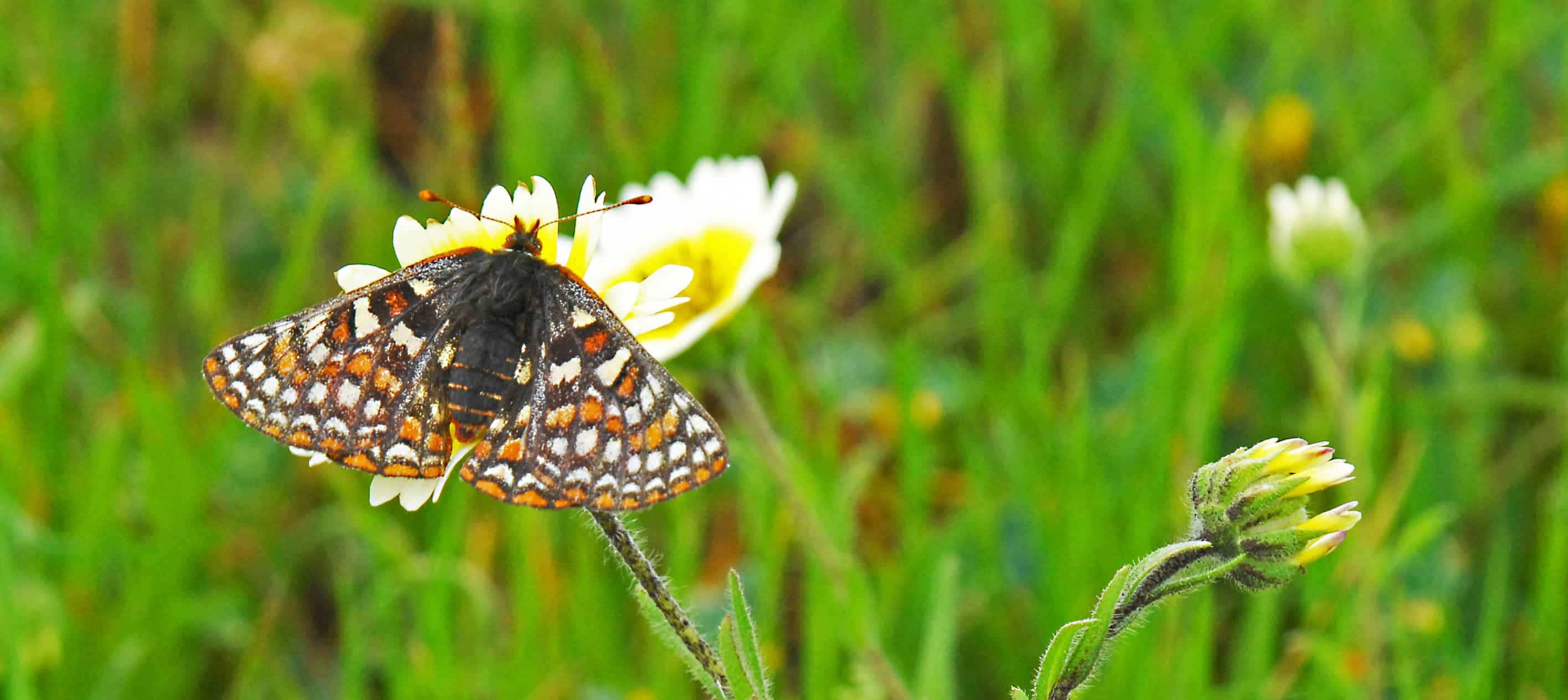Share this article
Site Visit Insights: A Silicon Valley startup for species
Site visits are critical to helping scientists learn more about species and their habitats. The trips often take them into areas most people do not have a chance to explore, including public and privately-owned restricted sites, as well as some remote and hard-to-reach areas. “Site visit Insights” provides a behind-the-scenes perspective of wildlife biology, featuring photographs, and interesting discoveries and happenings biologists experience in the field.
In cooperation with the U.S. Fish and Wildlife Service, The Wildlife Society is pleased to share these insights.
Wildlife Biologist:
Mike Thomas, chief, Conservation Planning Division, Sacramento Fish and Wildlife Office
Site visit location:
Coyote Ridge Open Space Preserve, Santa Clara County, California
What was the purpose of the site visit?
The purpose of the visit was to participate in an annual tour of Coyote Ridge, which has been protected for several species listed as threatened or endangered. The public tour occurs in late winter and early spring and helps attendees gain an appreciation and understanding of the importance of protecting rare and sensitive habitats. I have attended a few of the tours and always enjoy talking to members of the public because it helps build trust and new partnerships. The tour benefits species because when people get to see things they do not normally get to see (especially in a natural setting) they tend to place a higher value on protecting the species and their habitats.
I attended the tour because it was an opportunity to observe first hand some of the lands preserved under the Santa Clara Valley Habitat Conservation Plan. The Santa Clara Valley Habitat Conservation Plan was approved in 2013 and the U.S. Fish and Wildlife Service and the California Department of Fish and Wildlife issued permits to the Santa Clara Valley Transportation Authority, Santa Clara Valley Water District, Santa Clara County and the cities of Gilroy, Morgan Hill and San Jose for activities covered under the Santa Clara Valley Habitat Conservation Plan that incidentally impact state and federally listed species.
Where did you go?

Mike Thomas is the chief of the Sacramento Fish and Wildlife Office’s Conservation Planning Division. ©Veronica Davison, USFWS
Coyote Ridge Open Space Preserve in Santa Clara County, California. It runs parallel to Highway 101 on its eastern side between San Jose and Morgan Hill. It is located in the center of Silicon Valley, otherwise known as Coyote Valley, which is where the ridge gets its name.
What partners were you working with and what is the nature of SFWO’s partnership with them?
I attended the tour along with several representatives of organizations that are also interested in conservation of rare plant and animal species: California Department of Fish and Wildlife, California Native Plant Society, Santa Clara Valley Open Space Authority and Santa Clara County Parks and Recreation. There were members of the general public on the tour as well.
What did you learn from this site visit that you didn’t know before?
One valuable lesson from this site visit, was understanding how important our partnerships with local land owners are, as well as ranchers in the area. Serpentine grasslands suffer from a buildup of fertilizers (nitrogen) from the exhaust from cars, trucks and power plants. This has transformed the normally nutrient-poor serpentine soils to nutrient rich soils, which allows weeds to take over. Cattle grazing has been one, of if not the most, effective tool for reducing weeds. In serpentine grasslands, cattle eat the weeds, which allows the native plant and animal species to thrive. Because of this partnership with local land owners and ranchers, Coyote Ridge is home to the largest population of Bay checkerspot butterflies anywhere.
What surprises did you encounter during the site visit?
The most striking thing to me about Coyote Ridge, is how close it is to densely populated areas like San Jose. Yet, not many people realize its value and vulnerability, even though thousands of people drive by it every day. People on the tour expressed surprise at all the flowers and plants that live on Coyote Ridge. Some people said they had been driving by it for decades and didn’t realize how beautiful it was until they got up close.
The U.S. Fish and Wildlife Service is a Strategic Partner of The Wildlife Society.
Header Image: Channel Island foxes, like this one on Santa Cruz Island, proved perfect prey for golden eagles. ©Gary Roemer








